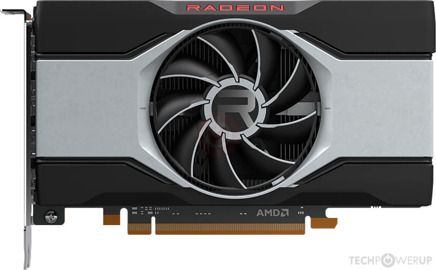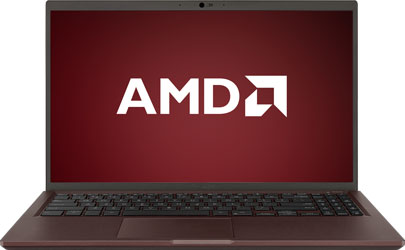Associate
- Joined
- 19 Sep 2022
- Posts
- 1,010
- Location
- Pyongyang
why would anyone expand in a recession?Well, since the plain 6800 also had the best perf/watt I think that would possibly their best card this gen. As we saw last gen when things like the 6700 XT got clocked a good bit past the perf/watt sweetspot (AKA once the mining boom was in swing everything which was release was clocked to the max and pre-skalped (also witness the 3080 vs the 3080 Ti)).
The real question to AMD is: after spending $millions developing RDNA3 and with not console players to subsidies the R&D what volume do AMD want with RNDA2?
Ultra-low volume but high margins? Well with Nvidia on near 90% marketshare that is a very risky move. Or far lower margins but much higher volume?
Their "we are premium brand" nonsense strategy really hasn't worked well and this year the recession is real, the cost of living crisis is almost global and miscalculations like insisting Zen4 must be a clean break only available on expensive DDR5-only and mostly PCIe 5.0 AM5 platforms has really eroded their ability to grow in the consumer space. And while Zen4 should be great in laptops (well compared to anything which relies on Intel's huge P cores), they are late to that market. That leaves servers. Well, Intel's designs are terrible there but server buyers are conservative and I'm sure Intel can carve out some niches for E-core only server chips.
A company willing to grow would snap up all wafers they can with the quite easy calculation: any margins we make is going to be far better than the console margins even if it won't please Wall Street.









